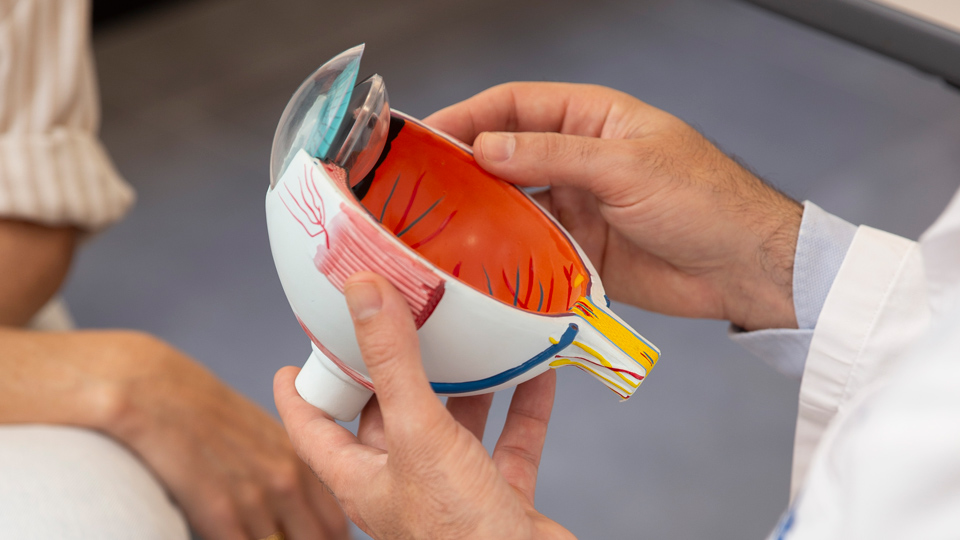Benefits of strength training
22/04/2025

13/12/2024
The eyes are fascinating and complex organs that allow us to interact with and understand the world. Although they may appear simple at first glance, they hide a wealth of secrets and peculiarities.
The eyes are incredibly fast
The muscles that control eye movement are the most active in the human body. They can perform movements in milliseconds, enabling the eyes to shift focus and track moving objects with remarkable speed.
They perceive millions of colours
Although not everyone sees colours in the same way, the average human eye can distinguish around 10 million different colours. This is thanks to cones, specialised cells in the retina that respond to different wavelengths of light. However, some individuals with a condition called tetrachromacy can perceive even more colours due to the presence of an additional cone.
They never truly rest
Even while we sleep, our eyes remain active, moving rapidly during the REM phase of sleep. This activity, known as "rapid eye movement" (from which REM takes its name), is associated with dreaming and is essential for maintaining visual and brain health.
Natural motion detectors
The human eyes are highly adept at detecting movement, a trait rooted in evolution. Spotting motion could signify either a threat or an opportunity, which is why in situations such as darkness or dense forests, our eyes and brain prioritise perceiving motion over other details.
Each eye has a "blind spot"
There is a small area in each eye called the "blind spot," located where the optic nerve connects to the retina. This area lacks light-sensitive cells, meaning we cannot see anything there. Fortunately, the brain compensates for this gap by combining information from both eyes to fill in the missing visual details.
They are as unique as fingerprints
The iris of each person is so unique that it is used in biometric identification systems. The patterns of colours and fibres in the iris are specific to each individual, making it almost impossible for anyone to have identical eyes to another person.
These facts demonstrate that the eyes are much more than simple organs of vision. They are complex mechanisms that connect us uniquely to our surroundings and enable us to perceive the world with an impressive richness of detail.
Dr Alberto Lozano, ophthalmologist at the Barraquer Ophthalmology Centre